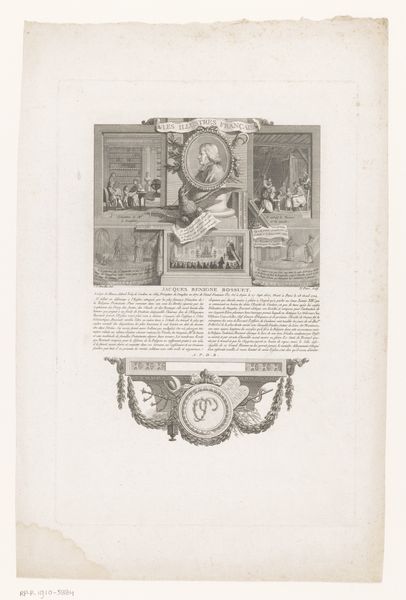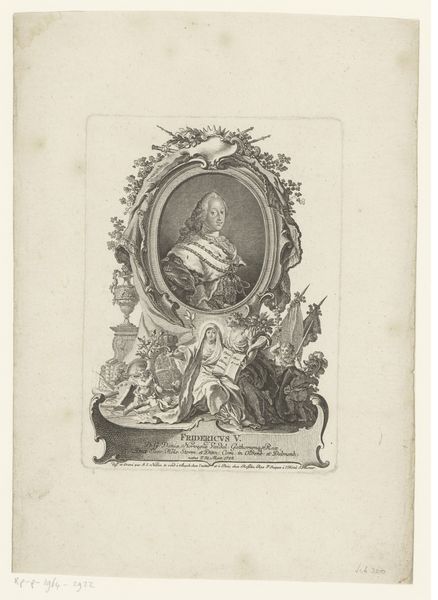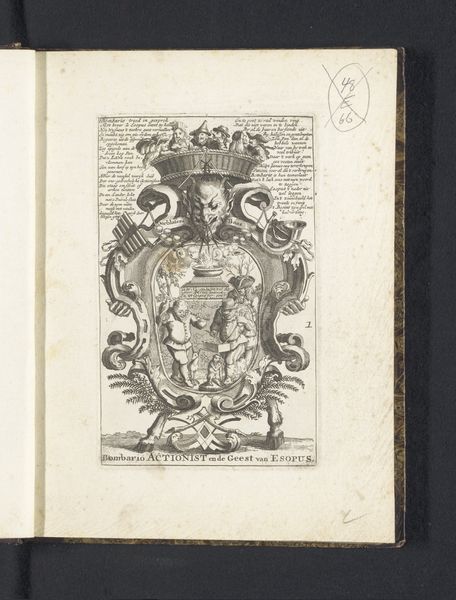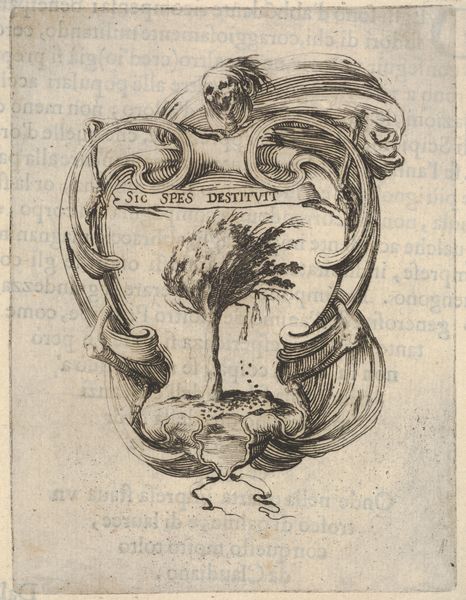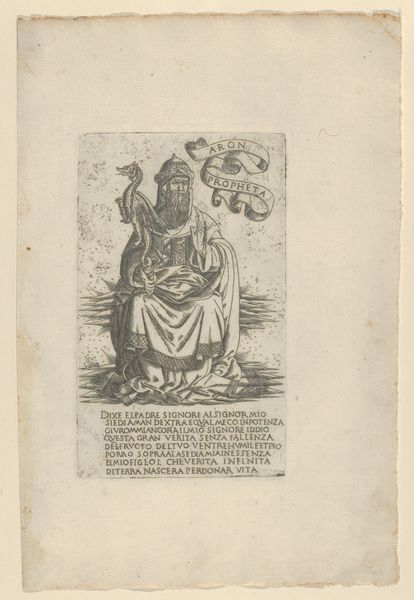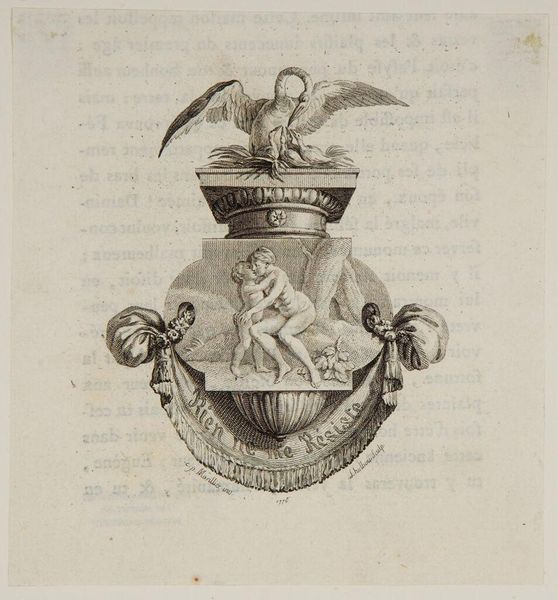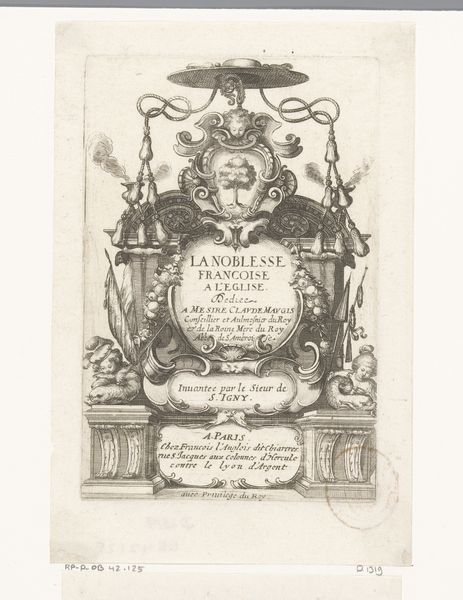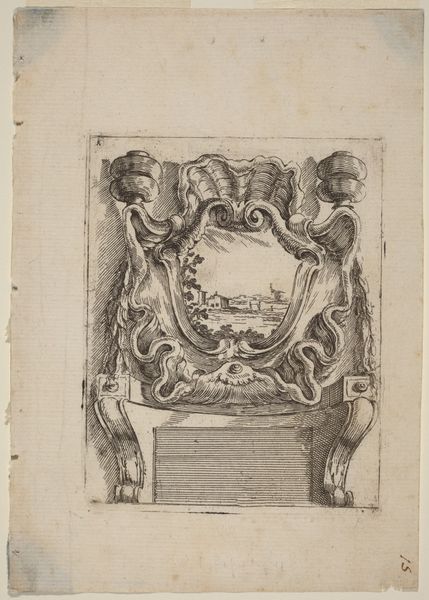
paper, engraving
#
baroque
#
paper
#
classicism
#
line
#
history-painting
#
engraving
Dimensions: height 186 mm, width 140 mm
Copyright: Rijks Museum: Open Domain
Curator: Ah, here we have Johann Jakob Thurneysen’s “Portret van Lodewijk XIV” from 1690. It’s an engraving, primarily rendered on paper, steeped in both Baroque and Classical sensibilities. Editor: My first thought? Regal, but restrained. It’s not bombastic in the way I expect of Louis XIV. There’s a subtle elegance in the lines. Curator: Indeed. Thurneysen captures the Sun King within a controlled framework. Note the laurel wreath, the Fleur-de-lis. All signifiers of power, but presented with a sense of order. The linear precision and the use of engraving—it evokes a sense of official documentation more than an exuberant celebration. Editor: It's fascinating how the artist employs these rigid, classical elements to portray someone like Louis XIV, who was, let's be honest, the embodiment of excess. Was this perhaps a strategic choice, aligning him with Roman emperors of old to legitimise his absolute rule? A conscious effort to sanitize and elevate his image through artistic convention? Curator: I believe so. It reflects the broader use of art in the 17th century, particularly during Louis XIV's reign, as propaganda. Even his wig feels…controlled, for lack of a better word. But look closer at those seals across the bottom margin. What can you make of those? Editor: The three distinct emblems? They likely represent the achievements and territories linked to Louis XIV’s rule, perhaps specific battles or treaties he considered significant. This would’ve cemented the idea of his power through specific achievements of the era and solidify his political persona. They act almost like emblems on a heraldic shield. Curator: Absolutely! Thurneysen's work reflects the historical painting genre. But here’s what gets me— the artist isn’t attempting a true likeness in the photographic sense. The portrait becomes a symbolic representation more than a reflection. It's an official performance. Editor: A constructed performance, undeniably. Consider what isn’t shown—his reputed vanity, his endless wars, his building projects that beggared the French nation. Instead, we receive a refined image, meticulously designed to portray legitimacy and strength. The art here isn't about representing reality, but about crafting a carefully calibrated royal narrative. Curator: So while it’s rooted in its era, it gives space for introspection. Every curve, line and flourish is not an invitation but an attempt to control the legacy of a man, forever frozen in his reign. Editor: It's a potent reminder of the inherent complexities within images of power – the selective choices, omissions and interpretations of artists in a particular time. To be a person in the past… I wonder if his wig was itching as he sat to get his portrait done!
Comments
No comments
Be the first to comment and join the conversation on the ultimate creative platform.

